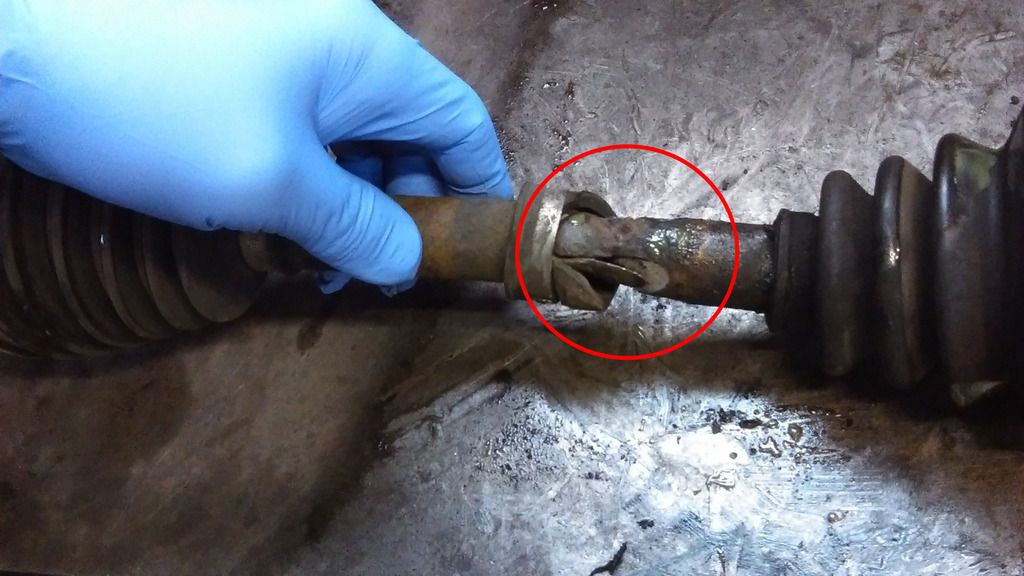Paul S said:
Ive given both mine a layer of good quality grease, its been a few weeks now and some big puddles n heavy rain, its still on there nice, repelling water, cant hurt can it?
Paul S said:
Oh ffs thats enough! What about lubing your shafts up? Thats more important
I've got to be honest Paul, but this stuff about salt being the cause (from "gritting" or "sea air") is a bit like the Druids believing that crops failed because they sacrificed the wrong people last time round (someone got the virgins)
I've already implied one of the potential issues earlier, I've also calculated the shaft torques in this thread -->
http://typeaccord.co.uk/forum/topic/21559-7th-gen-24-driveshaft-poll/ and I have implied the root cause in this thread -->
http://typeaccord.co.uk/forum/topic/21543-another-driveshaft-snapped/
In my opinion (and being a Chartered Engineer i hope my opinion is worth something) the root cause is more due to lack of maintenance in the splines or in the CV joints (having said that, I haven't seen a service interval on the splines of these shafts). Basically, the shafts should be able to extend and retract on the splines
all the time, millisecond by millisecond. If they cannot then the shaft will experience small compression/tension modes on each rotation, plus a bending mode, which will then cause a crack in the outer layer. The rotational torque will then start to open the crack until, eventually, the inner section will just rip apart in the rotational mode.
what I'm talking about are the upper and lower orange modes below
plus modes in the 1st and 2nd and 4th below
then ultimately the torsional failure (middle orange and 3rd mode)
it will take a hell of a lot of rust to cause a crack in the outer layer that would open up, shafts crack due to fatigue caused by vibrational modes that should not be happening, once they crack, the rotational failure will occur
So
any vibration that seems to be there, no matter how slight, should be investigated, by changing wheels etc, and by checking how the vibration varies in each gear and by use of the right foot.
Why the 2.4 particularly the RHS ?
I've had another theory for several years, that I have never mentioned. The oil filter on the K24 (and on the K20) is at the back of the block, and when you remove the filter, if you don't have a rag ready, the engine-oil runs down the block onto the end of the inter-shaft. I have never let any engine-oil get that far (because I could see the potential issue before I unscrewed the oil filter first time).
Used engine-oil is not known for being a good thing to get anywhere. If it gets into the splines on any part of the RHS transmission, it could "grit" the spline just enough to cause the spline to begin to experience the longitudinal modes described.
The shafts on both the 2.4 and 2.0 are the same, but the shaft on the 2.4 can experience 20% more stress than on the 2.0.
So am I going to lube my shafts ---> well bring me a virgin of suitable age and I might







